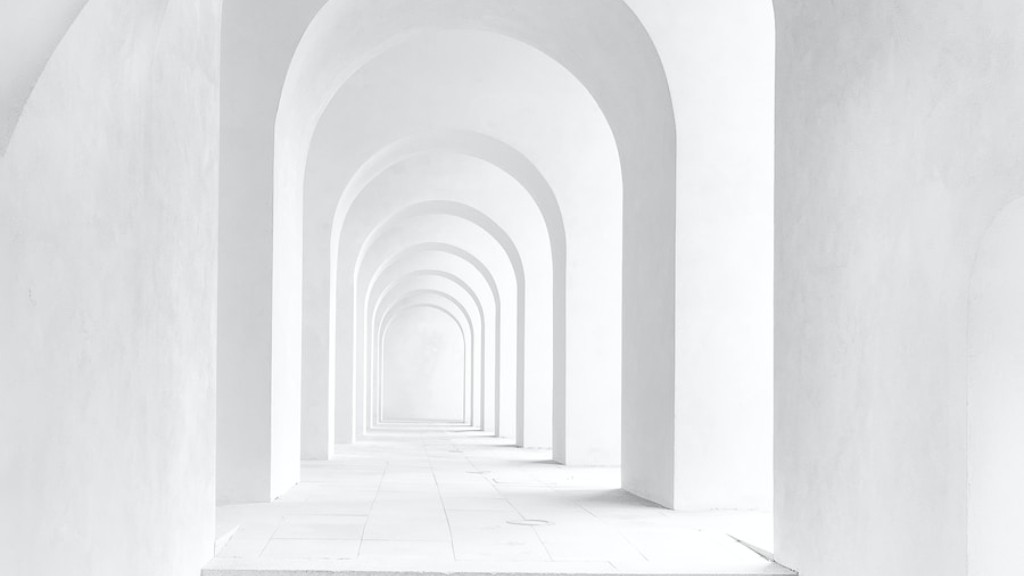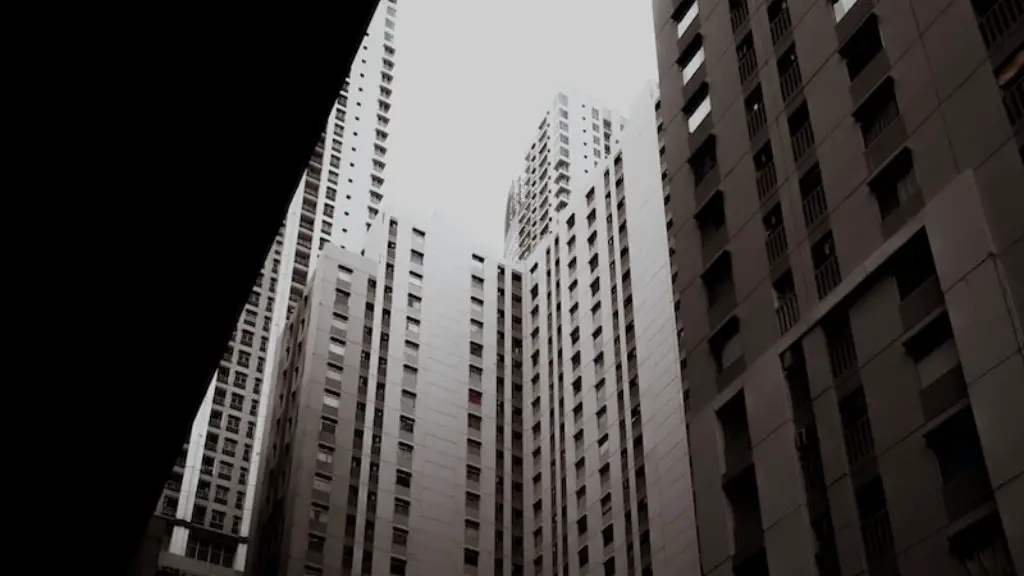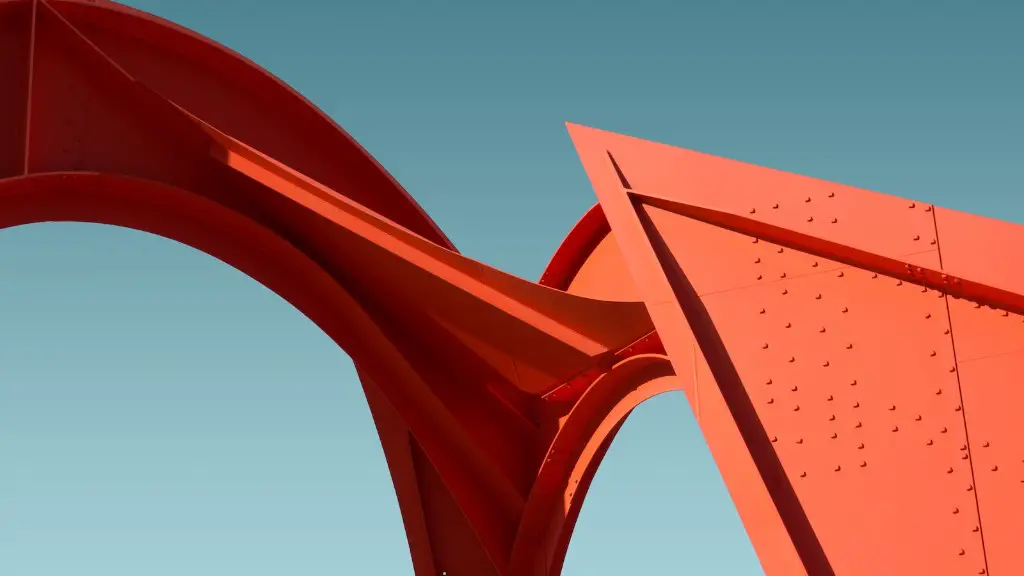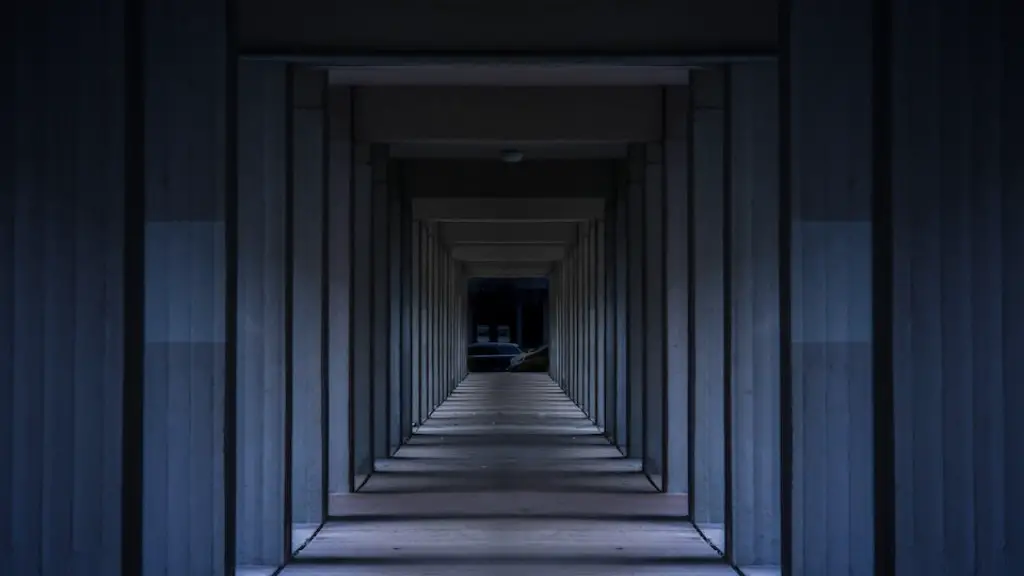What Are The Characteristics Of Islamic Architecture
Islamic architecture has a long history and is a reflection of the culture and religious beliefs of it’s people. It has been recognized throughout the world for its grandeur, beauty, and tremendous influence. Islamic architecture is composed of a variety of elements including calligraphy, geometric designs, arabesque motifs, and floral decoration. Its houses, mosques, and cities reflect a unique sensibility that includes certain ways of constructing, decorating, designing, as well as developing patterns and forms of decoration. Each element of Islamic architecture has its own purpose and meaning, making it one of the richest forms of architecture.
Geometric Patterns
One of the most distinctive features of Islamic architecture is its use of intricate geometric patterns, often found in the adornment of the walls and ceilings. This type of decoration is based on sacred geometry, which is used to create symbolic shapes, lines, points and circles that represent Allah, the Islamic belief system, and the cosmic universe. These geometric patterns are an important part of Islamic architecture and are believed to bring protection and well being to the people inside the structure.
Geometric patterns have been used for centuries to decorate Islamic buildings, and their use has been deeply rooted in the culture and religious beliefs of the region. The designs are thought to bring home and bring freedom from the chaotic confines of the world outside. The geometric Islamic pattern has been used in the interior architecture of homes or mosques, as well as in exterior architecture for intricate and grand gateways, walls and portals.
Arabesque
Arabesque is another unique feature of Islamic architecture. This style of decoration is characterized by intricate, repetitive patterns with abstract images. The images typically include repeated motifs such as stars, circles, squares and flowers. In modern times, Arabesque has been used to create beautiful, intricate mosaic designs and in Islamic architecture, has become a signature design feature of mosques and other Muslim structures.
The use of Arabesque patterns in Islamic architecture is believed to have many meanings. The curved nature of some of the designs is believed to represent the unity of Allah and his creations, while the abstract patterns and motifs have been linked to the Islamic faith, as well as the beauty of nature.
Calligraphy
Islamic architecture also includes the use of calligraphy in its designs. Calligraphy is an art form involving the beautiful handwriting or inscriptions of Islamic scripture, often seen on the walls or ceilings of a mosque or Islamic house. Calligraphy is used to promote and celebrate the Islamic faith, as it represents a prominent form of Islamic art and culture. The Quran, or Muslim holy book, has been intricately written in this beautiful script for centuries.
Using calligraphy in Islamic architecture is deeply rooted in the culture, and the use of this art form is intended to observe, invoke, and celebrate the faith. In modern times, the use of calligraphy in Islamic architecture has become a popular symbol of the Islamic belief system and its promotion around the world.
Floral Decoration
Floral decoration is also a common theme of Islamic architecture. Plants, trees, and flowers are often seen as decorations on the exterior and interior of buildings. The use of floral decoration is a celebration of life, as it reflects the abundance of nature and its gifts. Floral decorations are also a symbol of the Islamic faith. Floral designs are present in a variety of forms, from ornate arches of small geometric shapes to intricate arabesque designs.
Floral decorations, like other elements of Islamic architecture, have their own meaning and purpose. The use of these designs is thought to bring peace, love, and hope to the sites where it is used. Floral decorations are believed to create a feeling of comfort, warmth, and protection.
The Great Dome
The great dome is another characteristic feature of Islamic architecture. This type of architecture is characterized by the use of domes and domed roofs, which are designed to create a sense of spaciousness and grandeur. Islamic domes are commonly used to cover mosques and other important religious monuments, as well as royal palaces and public buildings.
The great dome is a symbol of power, strength, and stability in Islamic culture, and the symbolism behind the design is reflective of the Islamic faith. The domes are usually decorated with colourful floral designs or intricate geometric patterns. The great dome is also thought to create a sense of awe, beauty, and spiritual grandeur in any site it is used.
Lighting and Colours
Lighting and colours are also important elements of Islamic architecture. Light is used to enhance the beauty of the architecture, bring in natural light, and create a pleasant atmosphere. Colours are also used to reflect the Islamic faith and create a sense of harmony and peace.
In Islamic architecture, lighting and colour play an integral role in the aesthetic and ambiance of the space. Colours are usually warm, inviting and bright, while lighting is designed to be subtle and calming. The combination of these elements creates a peaceful and peaceful environment, reflective of the Islamic faith.
Function
Islamic architecture is not just about beauty and aesthetics, but is also about functionality. Religious sites and grand buildings are designed to be used for prayer and worship, as well as important civic activities. Islamic architecture is meant to be functional, efficient and purposeful. Architects and planners ensure that the architecture reflects that of the Islamic faith and culture.
Modern Islamic architecture has become more efficient, reflecting the modern world and incorporating modern building materials and techniques. Planners and architects are increasingly designing buildings that are both beautiful and functional, combining traditional designs with modern technologies to create useful and meaningful structures.
Conclusion
Islamic architecture is a rich and diverse form of art that has been influenced by centuries of tradition, as well as modernity. The use of geometric patterns, Arabesque, calligraphy, floral decoration, the great dome, lighting, and colour reflects the Islamic faith, but also creates a beautiful, spiritual and meaningful aesthetic. Islamic architecture is not only beautiful, but also highly functional, providing a place of worship and civic activities.




